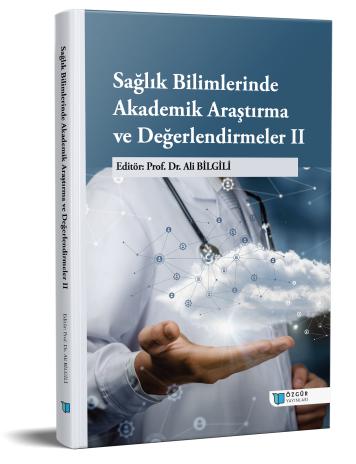
C6 Hücrelerinde Hidrojen Peroksit Aracılığıyla İndüklenen Oksidatif Stresin Neden Olduğu İnflamasyon ve Apoptoza Karşı Polidatinin Koruyucu Rolü
Şu kitabın bölümü:
Bilgili,
A.
(ed.)
2024.
Sağlık Bilimlerinde Akademik Araştırma ve Değerlendirmeler II.
Özet
Gliomalar, merkezi sinir sisteminde bulunan glial hücrelerdeki DNA mutasyonları sonucu gen ifadelerindeki değişimler ile ortaya çıkan tümörlerdir. Glioma tümörlerdeki ve glial hücrelerdeki biyokimyasal mekanizmaların deneysel araştırmaları için sıçanlardan elde edilen C6 hücre hatları yaygın bir şekilde kullanılmaktadır. Polidatin, Polygonum cuspidatum adını alan bir bitkinin kök dokusundan ekstraksiyon aracılığıyla elde edilen aktif moleküldür. Polidatin farmakolojik olarak anti-inflamasyon ve anti-oksidatif özelliklere sahiptir. Metabolizmamızda serbest radikallerin oluşması ile bu radikallerin ortadan kaldırılması bir denge içerisindedir. Böylelikle herhangi bir patolojik durumla karşılaşılmamaktadır. Fakat, farklı nedenlerle serbest radikal hızının yüksek bir oranda artması ya da antioksidan savunma sistemlerinin yetersiz kalması sonucu dengenin bozulduğu bir durum ortaya çıkmakta ve kanserden nöronlardaki sinyal iletim bozukluklarına kadar birçok patolojik duruma neden olmaktadır. Çalışmamızda, C6 hücre hatlarında hidrojen peroksit aracılığıyla oksidan-antioksidan dengesinin oksidan yönüne kayması ile indüklenen oksidatif strese karşı polidatinin inflamasyonu ve apoptozu regüle etmek aracılığıyla koruyucu etkisini ortaya çıkarmayı amaçladık. Sonuç olarak, polidatin uygulamasının C6 hücrelerinde inflamasyon ve apoptoz ile ilişkili genlerin ekspresyonlarını yeniden düzenleyerek oksidatif stresin neden olduğu hücresel hasara karşı koruyucu etki ortaya çıkardığını saptadık.

